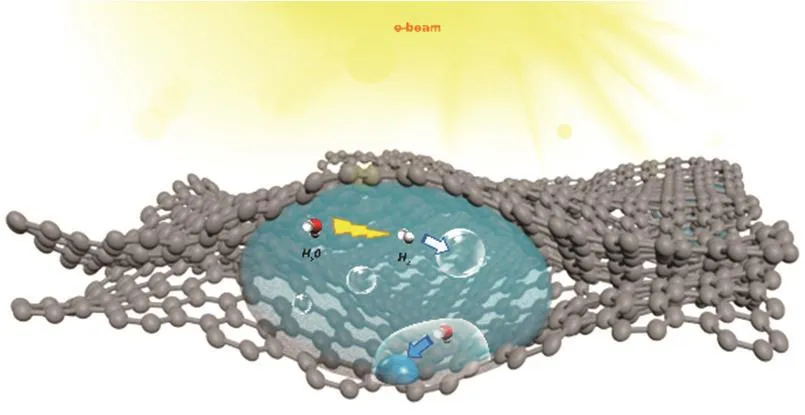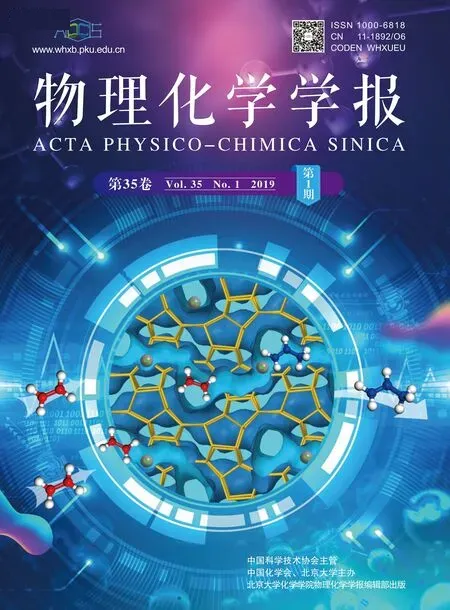In Situ TEM Observation of Radiolysis and Condensation of Water via Graphene Liquid Cell
HU Qi, JIN Chuanhong
State Key Laboratory of Silicon Materials, School of Materials Science and Engineering, Zhejiang University, Hangzhou 310027,P. R. China.
Abstract: Water is involved in many important physical, chemical,and biological phenomena. However, not much is known about water at the nanoscale level, such as about its radiolysis and condensation,because of the experimental difficulties of imaging liquid at such a length-scale. The newly developed graphene liquid cell (GLC)technique facilitates imaging dynamic events in a liquid medium with unprecedented resolution while sustaining the most realistic liquid condition achievable under electron-beam irradiation. The graphene liquid cell was fabricated by the wet transfer of monolayer graphene synthesized by chemical vapor deposition to a graphene-supported transmission electron microscope (TEM) grid, and the water islands were naturally captured during the wet transfer process. Compared with traditional, commercial silicon nitride cells, the fabrication of graphene liquid cells required higher expertise and thus related research reports are limited. Here,we used graphene liquid cells for in situ TEM observation of dynamic behaviors of entrapped water between two layers of graphene. The radiolysis and condensation processes of water could be modulated by controlling the electron dose rate.We showed that a high electron dose rate yields supersaturated concentration of gas molecules in a liquid system, and the excess gas then dissolve out in the form of a series of nanobubbles at a low dose rate. From The quantitative and statistical analyses of the dynamic processes of the confined liquid showed that the growth of the nanobubbles is limited by interface reactions and the newly formed nanobubble inhibits the growth of the existing one. The gas molecules inside the nanobubbles are in a “dense gas” phase and the density number ratio of the gas molecules inside each nanobubble decreases during the growth process of each nanobubble. The total number of gas molecules increases approximately linearly with time. A fixed middle dose rate leads to the condensation of droplets, with repeat growth/dissolution processes on the inner wall of graphene. The contact angles at the water-graphene interface are less than 90°, suggesting that the scrolled graphene is hydrophilic. Using in situ GLC-TEM imaging, we directly observed the dynamic processes involved in beam-induced bubble formation in liquid and nanodroplet condensation from vapor at the preferential sites. Some unexpected and so-far undiscovered phenomena involving both nanobubbles and nanodroplets were observed and investigated in detail, which increased our knowledge on the behaviors of the nanoconfined liquid. Our results presented here would serve as an important reference to understand the vapor/liquid interface transition in a nanoconfined space and electron-water interactions in liquid cell TEM. The experiment and method reported here may help find further applications of the new graphene liquid cell technique. The use of graphene liquid cell will also help a wide range of studies on reactions and process dynamics in material science and biochemistry that either have not been explored or need more detailed understanding.
Key Words: Graphene liquid cell; In situ TEM; Electron dose rate; Radiolysis; Condensation


